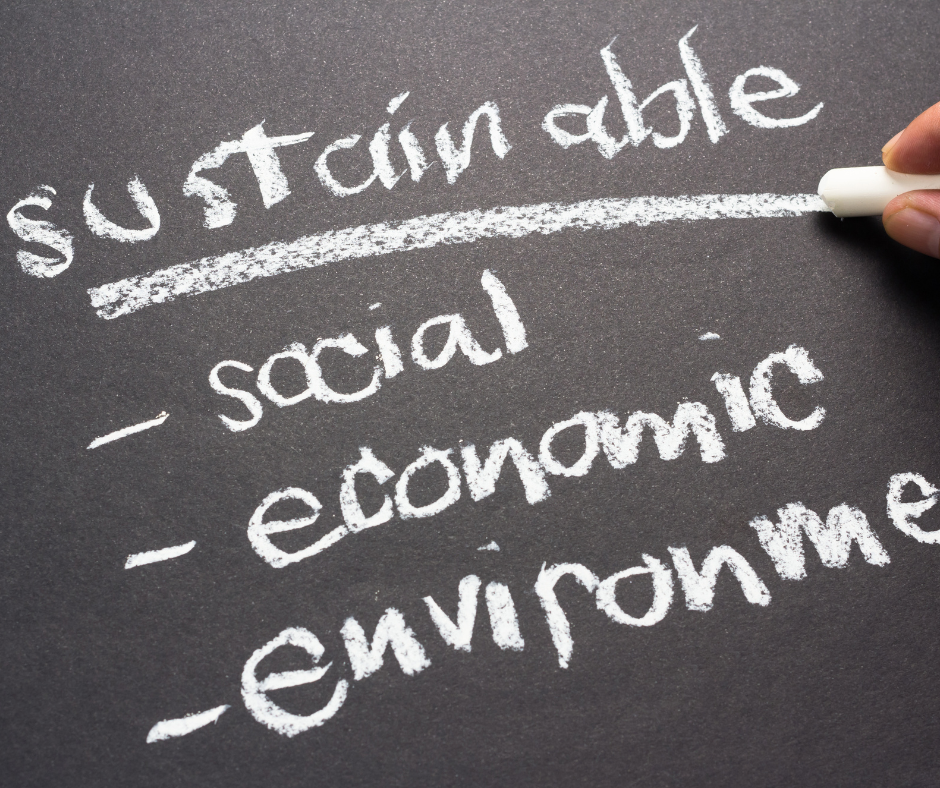By Rob Sisson
In economics, surprising results can occur when shifts are made. For instance, raising prices doesn’t always increase income—sometimes the opposite happens. Similarly, when world leaders make unexpected choices, the outcomes can have surprising and transformative effects.
World leaders hold immense power to shape environmental outcomes. Many of their decisions—rooted in national priorities—could inadvertently foster progress on global environmental issues. Drawing parallels from turnaround strategies in business, global governance has the potential to drive significant environmental progress if key opportunities are seized.
Environmental Turnaround: Leadership as a Catalyst
In business, turnarounds happen when struggling companies undergo drastic changes to regain footing. In global governance, similar strategies could redefine climate action. With rising environmental crises, leadership akin to these business strategies could spark rapid advancements for nature and sustainability.
A Playbook for Leadership-Driven Environmental Change
Many principles used in business turnarounds can be adapted to global climate action. Here’s how:
- Investing in Global Assets
Leaders can channel resources into environmental infrastructure—building resilient cities, enhancing renewable energy networks, and restoring ecosystems that provide critical climate mitigation benefits. - Encouraging Innovation
By prioritizing sustainable technologies, world leaders can stimulate economic growth while addressing climate change. Export-oriented innovations, such as advanced renewables or carbon-neutral supply chains, offer dual benefits for both economies and the planet. - Transforming Institutions and Policies
Leadership transitions often bring fresh policies. Governments can align their reforms to support sustainability by cutting subsidies for fossil fuels, creating incentives for green projects, and tightening regulations to prevent environmental exploitation. - Enhancing Transparency and Data Systems. Just as businesses use data-driven strategies, governments could adopt robust climate tracking tools to measure the impact of their commitments and ensure global accountability.
Opportunities for Collaboration and Progress
World leaders often confront a mix of domestic and global pressures. These pressures can be leveraged to prioritize environmental action:
- Global Competition Can Spur Green Innovation
Rivalries between nations, such as those within trade blocs or emerging alliances like BRICS, could push countries to lead in green technology, creating breakthroughs that benefit all. - Economic Growth Aligned with Sustainability
Many leaders seek policies that drive economic growth. Demonstrating how environmental projects can boost economies—through jobs in renewable energy or sustainable agriculture—can make these initiatives politically viable. - Regional and International Cooperation
Climate change doesn’t respect borders. Leaders from vulnerable regions can form coalitions, demanding action from larger economies. Simultaneously, initiatives like the Paris Agreement or commitments from global forums like COP29 provide platforms for coordinated efforts.
Environmental Deregulation as a Double-Edged Sword
Deregulation can accelerate infrastructure development, enabling swift action on projects like reforestation, wetlands restoration, or renewable installations. However, it also risks enabling environmentally harmful activities. Leaders have a choice to wield deregulation strategically, prioritizing projects that balance speed with sustainability.
Global Migration Pressures and Climate Resilience
Extreme weather and climate-related events are intensifying migration pressures worldwide. Leaders addressing border concerns may find that investing in climate resilience and adaptation—both domestically and in vulnerable regions—mitigates these crises, creating stability.
What We Make of This Moment
The decisions of world leaders can define whether this era becomes a high point or a low point in the fight against climate change. Bold leadership, guided by economic, environmental, and social considerations, can turn today’s challenges into opportunities.
This is our chance to collaborate, innovate, and push for the systemic changes required. Global leadership, informed by the urgency of environmental crises, has the power to create the conditions necessary for a sustainable future.
Will leaders rise to the challenge, or will they retreat into short-term thinking? It’s up to us to support and push for the former—to ensure that this critical decade becomes a turning point for humanity and the planet.
Mr Generosity, aka Rob Sisson, Buddhist monk in a suit. He’s spent months meditating in monasteries, and found that generosity was the key to a flourishing life – and what better way to be generous than to create a planet which the next generations can live on? He’s a huge finance nerd (literally listening to podcast updates from financial regulators for fun) and has a deep passion for nature. His mission is to make commercially relevant nature investments through a series of funds named “Hopefully Tomorrow”.
For the feb biodiversity article I’d be happy to refresh the article closer to the time with an update as we’re developing some really cool software in this area. Currently waiting for a spot of data to come in and we should be able to bridge the gap between business needs and nature-based solutions.”From problems to plans in 5 minutes” is our strapline.

